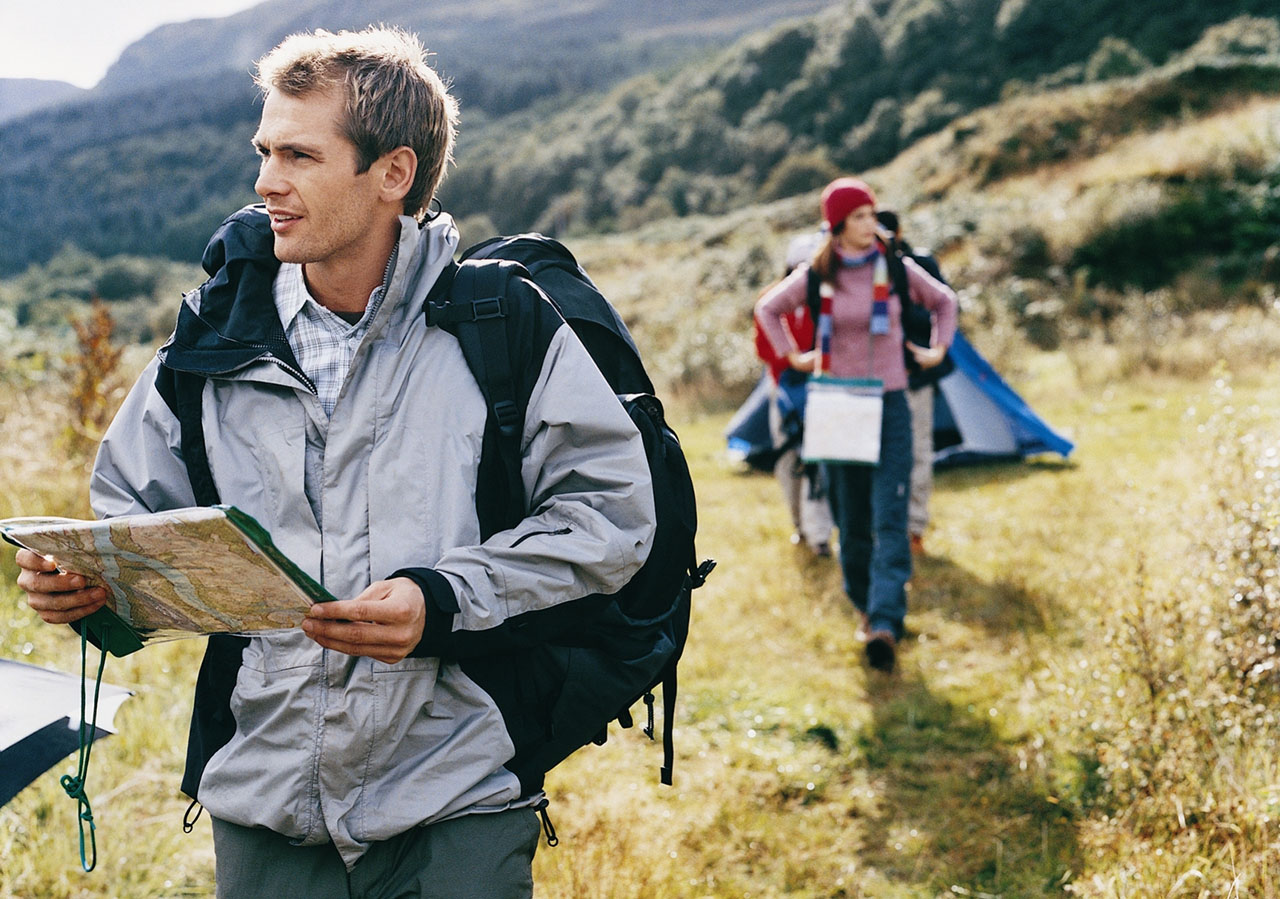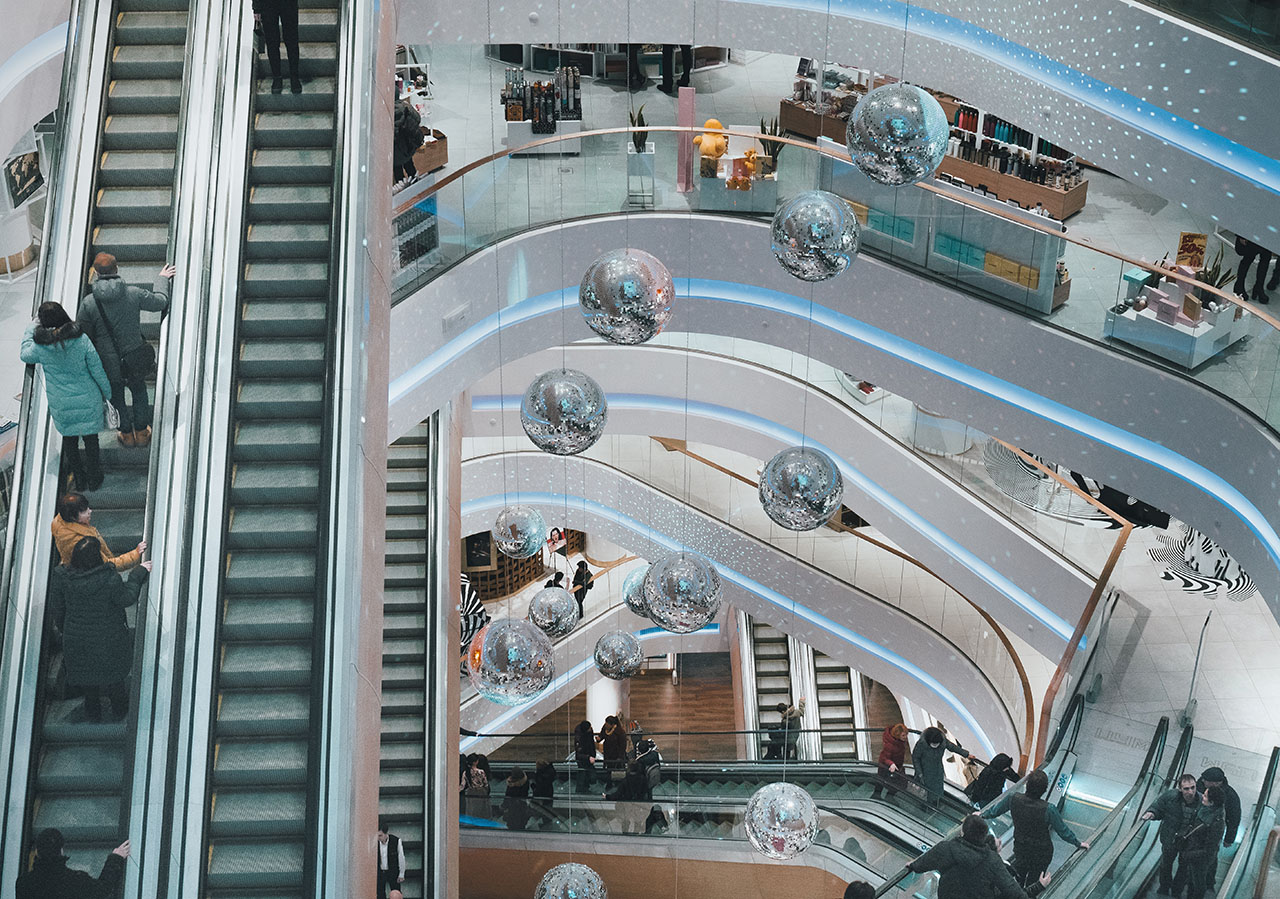
We recently touched on the importance of employee experience (EX) programs and how your brand can get a powerful, effective EX initiative off the ground (or dust off an existing one). Starting your EX program is a big deal, but how can companies keep the momentum going once they’ve turned on the listening posts and gotten the first bits of employee feedback?
Today, we’re going to go over three ways to supercharge your EX program (and keep it that way) to help your brand’s experience be the best it can be:
- Method 1: Stick to The Plan
- Method 2: Lead Across Teams
- Method 3: Take Action
Method #1: Stick to The Plan
It’s important to design your program with the end in mind before you even activate any listening posts. Designing with the end in mind means taking the time to consider which goals you want your program to accomplish—reducing employee churn by a given percentage, for example.
However, it’s just as important to make sure your team sticks to that plan after you activate your program. This isn’t to say you can’t consider new goals or aspirations if your feedback points to them; it just means checking in regularly to make sure your program is hitting KPIs, financial goals, and other hard numbers. That way, you can quantify your program’s success, which makes asking the ELT for additional resources much simpler.
Method #2: Lead Across Teams
It’s common for brands to leave EX programs solely in the hands of a dedicated team or the HR department. Both of those groups should be included, of course, but true EX success comes from sharing program ownership and leadership opportunities across the company. Encourage business unit leaders across your organization to collaborate with their teams and each other. This makes meaningfully acting on employee feedback much, much easier.
Effective program leadership also means continuing to involve the people to whom you reached out at the very beginning. Every experience program requires executive sponsorship, employee buy-in, and keeping those folks in the loop as your program matures. That responsibility can’t fade into the background once your initiative takes off.
Method #3: Take Action
Sticking to your program plan and encouraging your organization to collaborate on it are both powerful means of ensuring one thing: that action is taken upon your initiative’s gathered intelligence. When everyone is working together and your plan is hitting milestones at a steady drumbeat, your brand can create a meaningfully improved workplace culture and thus a better experience for all.
Successful EX Program = Successful CX Program
That better employee experience correlates directly with an improved customer experience. Although seamless transactions are important, customers seek emotion and human connections with their experiences. Employees who feel passionate and driven about their work can provide that, and it all begins with adhering to your plan, desiloing it across the organization, and taking action to transform your experience into something wonderful.
Want to read more about the importance of employee experience programs? Our expert Stacy Bolger has a new article out walking you through the foundations of a world-class program. You can read it here!














